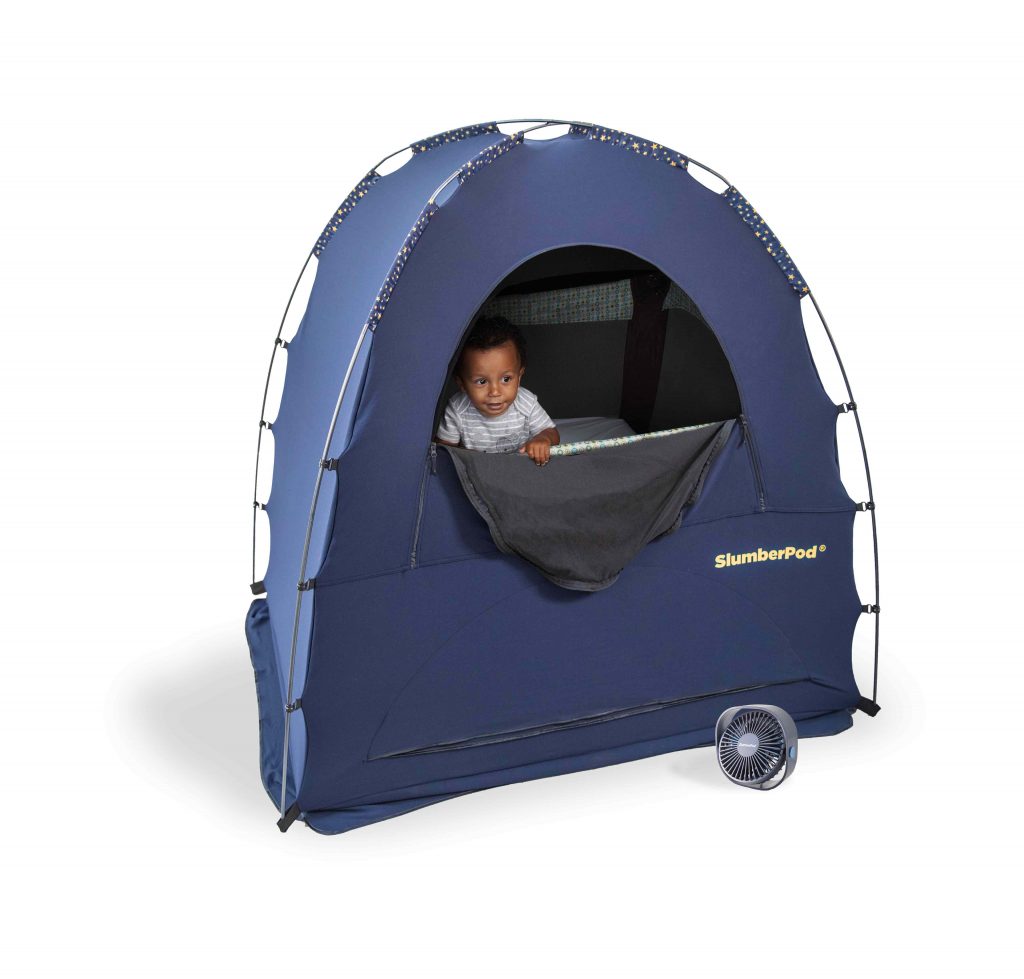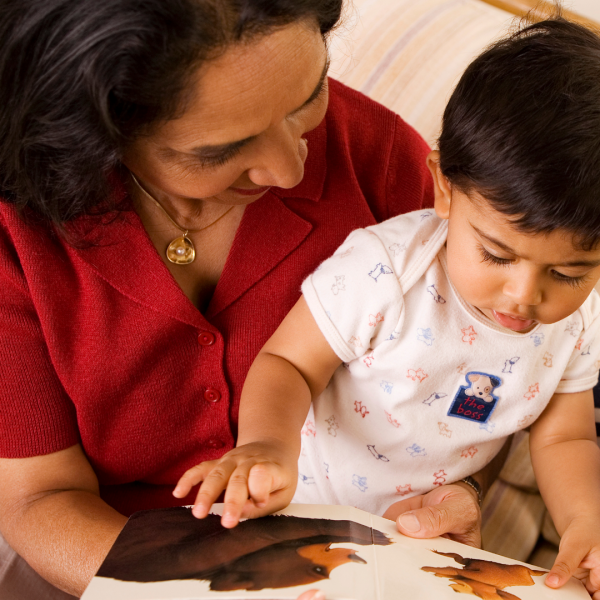April is the month of the military child. It allows Americans to celebrate military children for their service on the home front and in their communities. According to the DOD, more than 1.6 million military children face challenges and unique experiences due to their parents’ service. Some of those challenges include moving away from friends, separating from their parents for long periods, and having their sleep disrupted from a variety of transitions that occur in the military.

Routines, for children especially, are important as they teach a child how to eat, sleep, and behave as they grow. Being a military child means a lot of these things can be disrupted during a transition such as a move or deployment. As a care provider that sees a lot of military families throughout the DMV I wanted to compile a list of resources for families to use during these big transitions.
I sat down with my friend Caroline Roessler, who is a Military Spouse Employment Advocate, to chat about the support available to military families and what resources would be helpful for parents to know!
Military Support
Within the military there is a website called Military One Source which is a Defense Department-funded program that combines resources for military families. This is a good overview of the services within the military for parents including a range of topics such as counseling, finding childcare options, and navigating single parenthood. As with many benefits I think there is a big gap between what is available and what people actually know about. If you are a military family definitely check this out!
Sleep disruption while moving
Military families move on average every two to three years, sometimes more, which impacts military children through changing homes, childcare settings, and parent support networks. When it comes to sleep there are a few things that can help ease this process for kids, see below and read my full moving blog here

- Prep for the move through telling stories and reading books! Children learn through storytelling, and this will be a good way to tell them where you are going and what you’ll miss about leaving. Some of my favorites for younger kids are The Berenstain Bears “Moving Day” and Daniel Tiger’s “Moving to the New Neighborhood.”
- Pack blackout solutions such as SlumberPod if you are staying at a hotel or Airbnb (when we moved across country we used our SlumberPod for four weeks). It not only helps with keeping the space dark, but it is a child’s personal space during this transition. Use my code NESTED$20 for discount!
- Stay on schedule as much as possible! When children are tired, they act out more, have more sleep regressions, and are more emotional. There is already so much emotion around moving, so keeping a child rested and on schedule will help immensely!
Room sharing
Often times military housing may not be the same at each and every home. I learned from Caroline that may only qualify for 3 bedrooms for your family of 4 even though you also need a home office. Therefore kiddos sharing a bedroom is often the only option! Whenever parents have to transition there kids into a shared space I always recommend that they make sure both kids are sleeping quite well first before making the transition to a shared space. If one child needs to learn how to sleep through the night this may be a good time for sleep training.

A few things can make the shared sleep space more comfortable when 2+ people are in the same room:
- Sound Machine (keep decibel level at 50 or less for use overnight although it can be higher during brief periods such as at bedtime and closer to the morning). If your sound machine allows you to program this you can adjust the volume at different times of the evening/morning.
- Put the child that goes to bed later closer to the door so that way you can sneak into the room easier when it’s time for bed.
- Have a reading nook outside of the bedroom. When you have another area you can do a bedtime routine for the older child (or child with later bedtime) then you don’t have to disrupt the sleeping child to read books or find PJs.
Read my full blog on room sharing here
Sleep training support
Sometimes you can plan to sleep train when both parents are home, no one is deployed or working long hours, and the process can be simple….but life rarely goes this according to plan (IYKYK). So when there is only one parent available to sleep train it is important to know who the support people are going to be and have a clear understanding of which sleep training method will be used, more on developing your plan here.
If you have been co-sleeping for months or years, not by choice but out of desperation, then you are also going to want to get your child prepped for this change in addition to yourself. A few things that can help is to read them books about the process, have a routine chart, and explain to them the new plan in a developmentally appropriate way. More on the transition from co-sleeping to crib transition here
I recommend gathering your people, whether that is other parents on base with you, family close by, or hiring a sleep consultant to work with you either in home or just a text away when the questions come up!
Here at Nested Sleep I’m here to make this process smooth for you and therefore military families get 10% off any of my sleep packages using code FIRST (for Military, Law Enforcement, and First responders). Take a look at my sleep support packages here and reach out for a free 15 minute discovery call to see how I can help your family sleep well throughout all of the military transitions!



